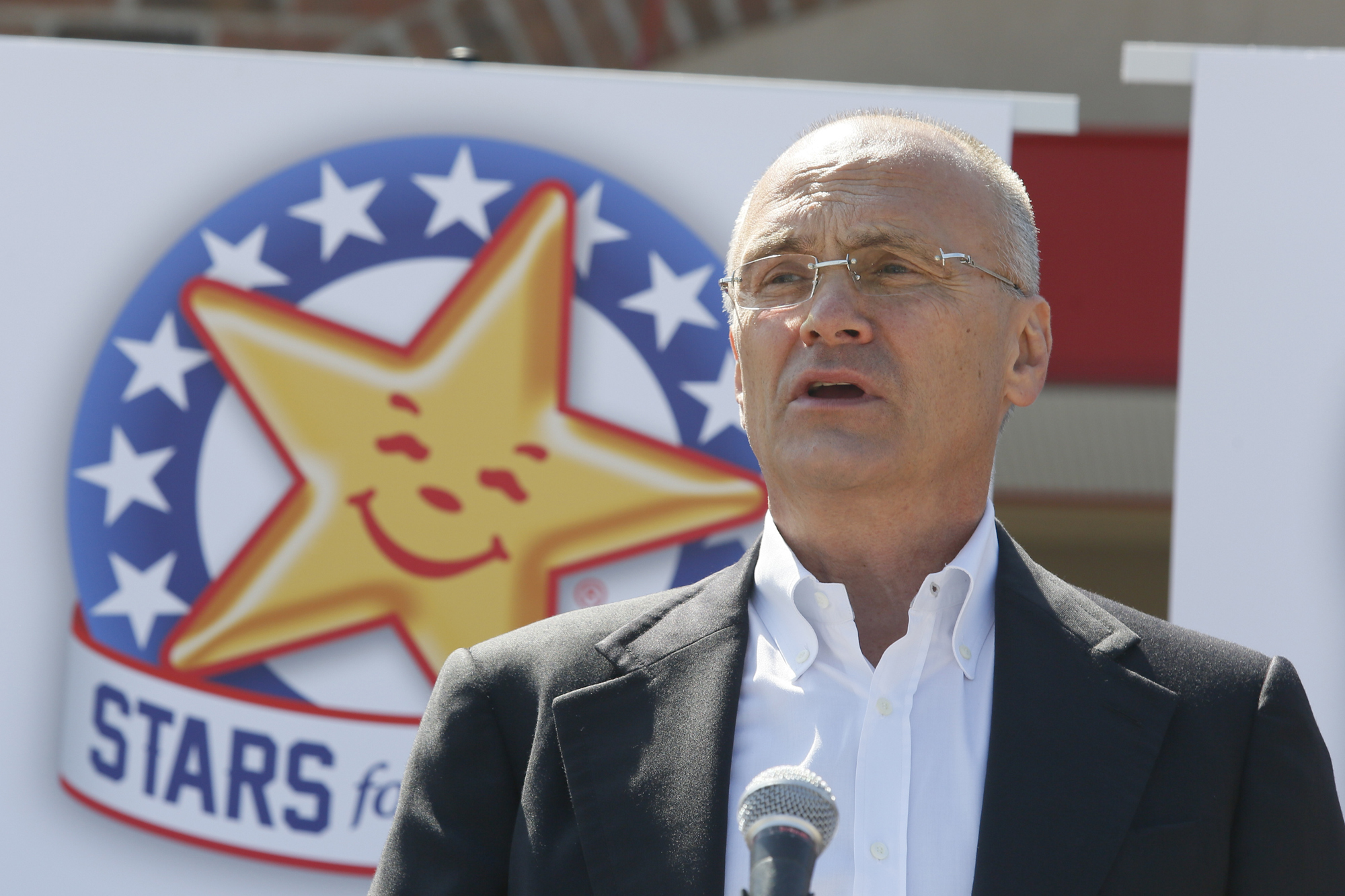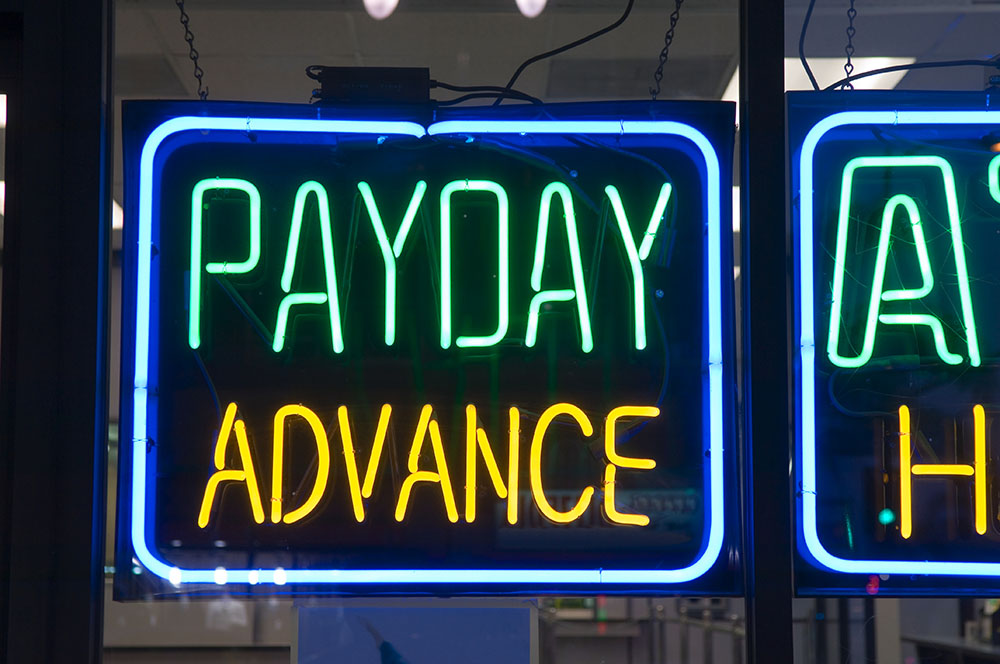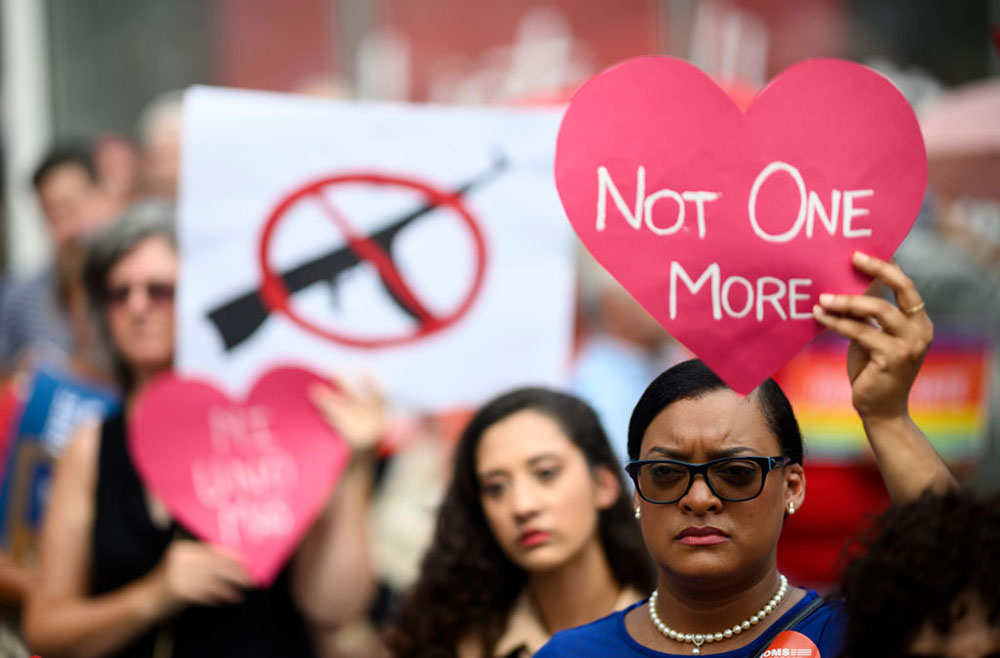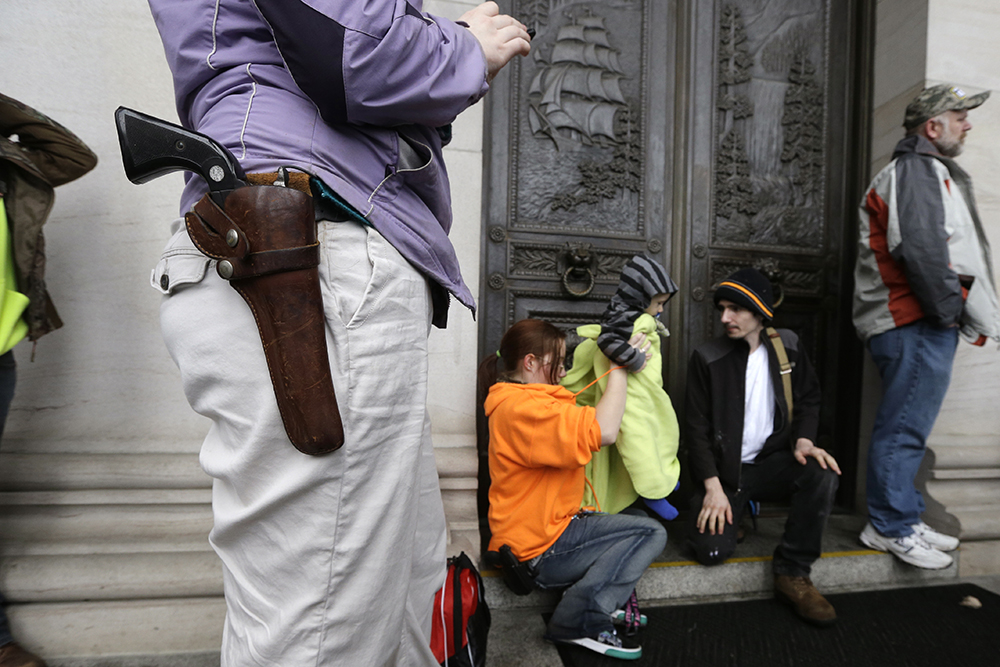This week, California Democratic Gov. Gavin Newsom signed a package of 22 laws aimed at fighting wildfires and addressing the utilities that have played a growing role in the state’s wildfire season, one made more severe by climate change. The deadliest fire in modern California history started with malfunctioning electrical equipment that sparked a blaze which ultimately spanned 153,000 acres and killed 85 people, dealing out $16.5 billion in damage.
Despite hazardous conditions in the days before the Camp Fire became a conflagration, Pacific Gas and Electric company elected not to take advantage of one of the most aggressive and effective tools in its wildfire prevention arsenal: De-energization, also known as a public safety power shutoff (PSPS).
According to California’s Public Utilities Commission, in 2015, the last year for which data are available, utility lines accounted for just 8 percent of fires, but they burned 150,000 acres, more than all other causes combined. Many of the state’s lethal fires have been attributed to power equipment. Utilities may opt to de-energize their lines when a lethal combination of weather factors converge: It’s hot, dry, and extremely windy.
While utilities determine when to make the call in different ways, the National Weather Service red flag warning of increased fire risk is often a factor. More than 50 percent of Northern California alone is at “elevated” or “extreme” fire risk, putting hundreds of thousands of residents in the danger zone. California’s Public Utilities Commission is deep in the heart of rulemaking around the relatively new approach to wildfire prevention as the state also explores options like burying utility lines and more aggressive vegetation management for preventing utility-associated wildfires.
Get Talk Poverty In Your Inbox
But de-energization comes at a cost. When it occurs, customers can be without power for hours or days. Utilities are supposed to provide advance notice, but some customers say that’s not happening. Instead, they complain recent Pacific Gas and Electric and Southern California Edison shutoffs have occurred with insufficient notice and been accompanied with outdated, confusing information on estimated time of power restoration, including lags in translating outage information.
This is a particular concern for customers who are electricity-dependent. In any given outage block, there may be hundreds or thousands of customers who registered with the utility to indicate they rely on medical equipment to stay healthy, and, in some cases, to stay alive.
Known as “medical baseline customers,” they may require ventilators and similar life support equipment, while others have conditions that can become uncomfortable or dangerous without medical equipment and cooling systems, or have medications that must be refrigerated. In recognition of their increased energy needs, utilities provide them with an extra allotment of energy at the base pricing tier. Other customers may have similar electricity needs despite not being enrolled in the medical baseline program, for a variety of reasons.
Utilities are supposed to be proactive about providing early and frequent notice to medical baseline customers to ensure they’re aware of the possibility of an outage. Kari Gardner, Southern California Edison’s Senior Manager of Consumer Affairs, explained that Edison, like PG&E and other utilities, has a multi-step warning process including a two-day warning that an area is being monitored, a one-day notice, and, ideally, one to four hours of notice before an area is de-energized, though rapidly-changing weather conditions can make this challenging. The utility, she said, is always working on better ways to reach customers, with a particular focus on medical baseline customers; the utility sends out door knockers for notification if they can’t get through on the phone, for example.
Jill Jones, who lives in Sonoma County near the site of 2017’s infamous Tubbs Fire, an area primarily served by Pacific Gas and Electric, is not a medical baseline customer but does have a condition called hereditary angioedema type III, which causes sudden intense swelling, including of her airways. She needs air conditioning and a low-stress life to reduce the risk of swelling episodes, and she also relies on a very expensive medication that must be refrigerated. “As soon as the air conditioner stops, the clock… when I will have an attack starts ticking fast,” she said.
Her condition was foremost on her mind when warnings of a possible shutdown started swirling in late September. Jones tried to track information about de-energization events through the PG&E website as well as social media. “They did not respond to my pleadings for them to consistently post updates. Their website and its map were either not updated and had info only from the day or two previous,” she said, noting the utility’s social media was slightly more current, but that not everyone could access it. She turned into an information conduit for those with limited computer literacy struggling for access to current information.
Lack of clarity led her to pack up and leave to stay with family outside the threatened zone, fearing that her power might be cut. “I have had to set up an emergency ‘go bag’ with a plan and network of family ready to house and come get me should we experience a Public Safety Power Shutoff. We have had to set up my parents’ RV to be ready to both run AC and safely house my medications should we lose power,” she said.
This issue isn’t just access to accurate and current information in multiple common languages about the possibility and status of a de-energization, though. The state’s information site, with language borrowed by the utilities, includes planning that is not necessarily practical or accessible for all medical baseline customers or others who rely on electricity for survival. Planning ahead for customers with medical needs is expensive, and disabled people are at a much higher risk of poverty — 26.8 percent compared to 10.3 percent for nondisabled people. In rural areas like those prone to shutoffs due to worries about vegetation on utility lines, that risk is even more extreme.
– Jill Jones
Recommendations include suggestions to buy generators or backup batteries, which are costly, and not always safe or practical in apartments and some rental single-family homes. Customers are also advised to “stay with a friend,” for those who can travel and have friends with accessible homes outside the range of the de-energization. The utilities operate respite centers with power and cooling, but they’re only open during the day.
This is something Gardner says utilities recognize when making the call for a PSPS and developing resources for medical baseline customers who may be caught up in fire prevention efforts. Utilities and the state are both working on programs to increase the affordability and practicality of emergency planning. One of the new bills Newsom signed encourages utilities to provide more support; tools such as microgrids and backup batteries can help electricity-dependent customers and their larger communities.
“What needs to happen is a genuine consideration of the risks of keeping the system on versus the risks of shutting it off,” said Melissa Kasnitz, a disability rights attorney with the Center for Accessible Technology. “Right now, utilities are only focused on one side of that equation.”
Kasnitz noted that while ventilator users and others with devices that require electricity may come to mind, there are other implications for medical baseline customers. For example, like Jones, diabetics need to keep medication in the fridge. In a country where one in four diabetics reports rationing insulin due to cost, losing a supply could be devastating.
Similarly, people relying on the Supplemental Nutrition Assistance Program could lose all their food in an outage, with no budget for buying more — and the utility isn’t liable for that loss. And, said Kasnitz, people who work low-wage jobs who miss work because their employers can’t open might have to reshuffle their finances, putting prescription medication behind food or other needs.
Those customers might not necessarily be registered as medical baseline customers, highlighting the ripple effect of these outages, though she is swift to note that wildfires are also tremendously disruptive and sometimes fatal.
The debate over de-energization pits competing public health interests against each other, and it also has stakes far beyond California’s borders. Utilities in other states may begin to consider de-energization as an option in dangerous wildfire conditions with climate change increasing hot, dry weather. Disability advocates hope that consideration includes better planning for electricity-dependent customers with limited means as California learns how to navigate its new landscape. That’s something Gardener says is on Edison’s mind: “I want our most vulnerable customers to know that we do recognize that there’s additional risks when outages occur.”











